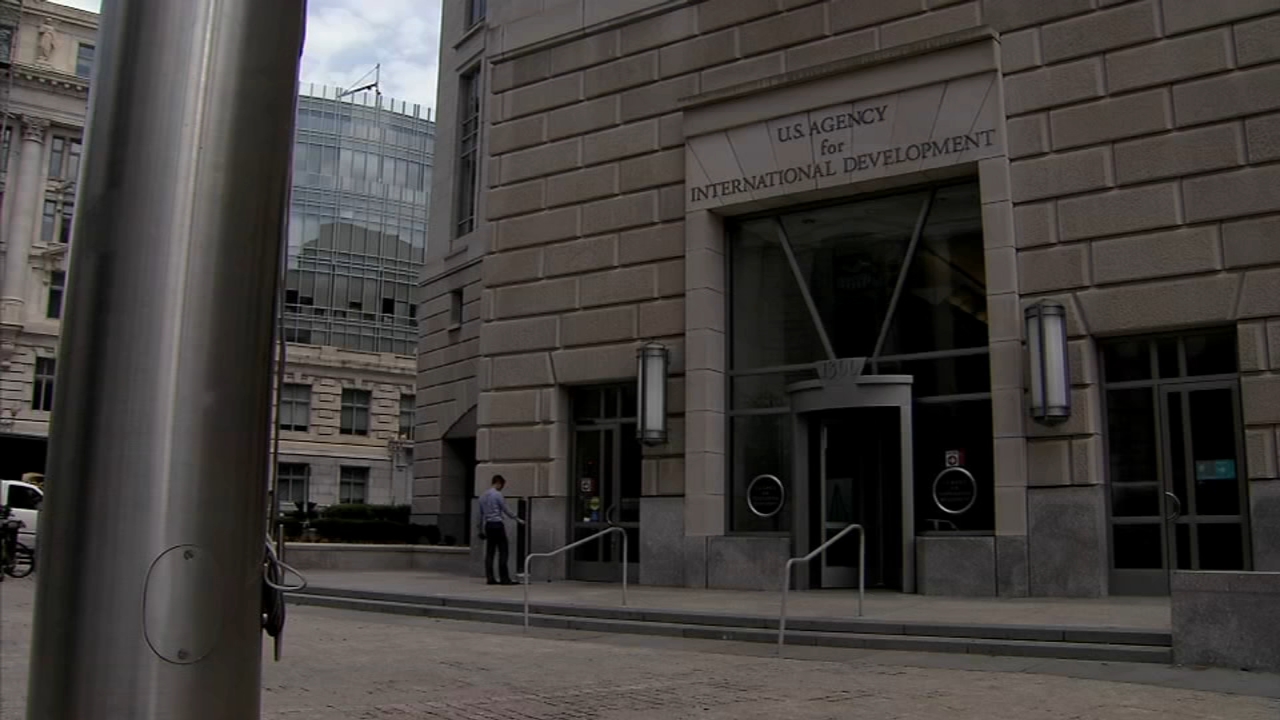Hawthorne will dispatch drones to emergencies to provide info to 1st responders

HAWTHORNE, Calif. (KABC) -- The city of Hawthorne is expected to dispatch drones to 911 calls before the end of the year, in an effort to make police and fire efforts safer and more efficient.
Hawthorne has enlisted Seattle-based company BRINC to set up a drone first-responder system that is integrated with the city's 911 operations.
Where most police agencies use drones via individual officers on scene, BRINC's "Responder" system is operated from a centralized location, with the drones dispatched from what the company calls "nests" that are stationed in various parts of a city.
"It is the world's first, purpose-built 911 response drone," said BRINC's founder and C.E.O. Blake Resnick. "They would fly it to respond to all 911 calls: police, fire, E.M.S., all of the above."
Resnick says Hawthorne is one of four cities set to roll out the drone system this year.
The drone response systems are designed to get to scenes within 70 seconds and can use their cameras to give responding officers a better idea of what to expect.
Resnick says the city of Chula Vista used an earlier version of the system and was able to cancel about 25% of their 911 calls by identifying them as not an emergency or already settled before officers arrived. He gave examples of calls that the city received and was able to redirect officers to other duties:
"There's a suspicious person in my neighborhood," Resnick said, describing one call. "The drone gets there, the person has already left or isn't suspicious, they're just not sending an officer. Or there's an 'obstruction in a roadway' call, the drone gets there, someone else moved the obstruction, they're not sending an officer. That's happening a quarter of the time (with the drone system)."
The Responder drone system can cost anywhere from tens of thousands of dollars up into millions, depending on the number of drones as well as the size and geography of the surrounding area.
Dispatch operators could also use the drones to rush life-saving medicines or tools to patients in distress while the fire department could use them to scout burning buildings.
"Delivering Narcan, A.E.D.s, EpiPens, flotation devices... getting those flying, thermal images above structure fires is incredibly useful to firefighters," he said. "Thermal imagers can also easily identify people who may be lost in forested environments."







